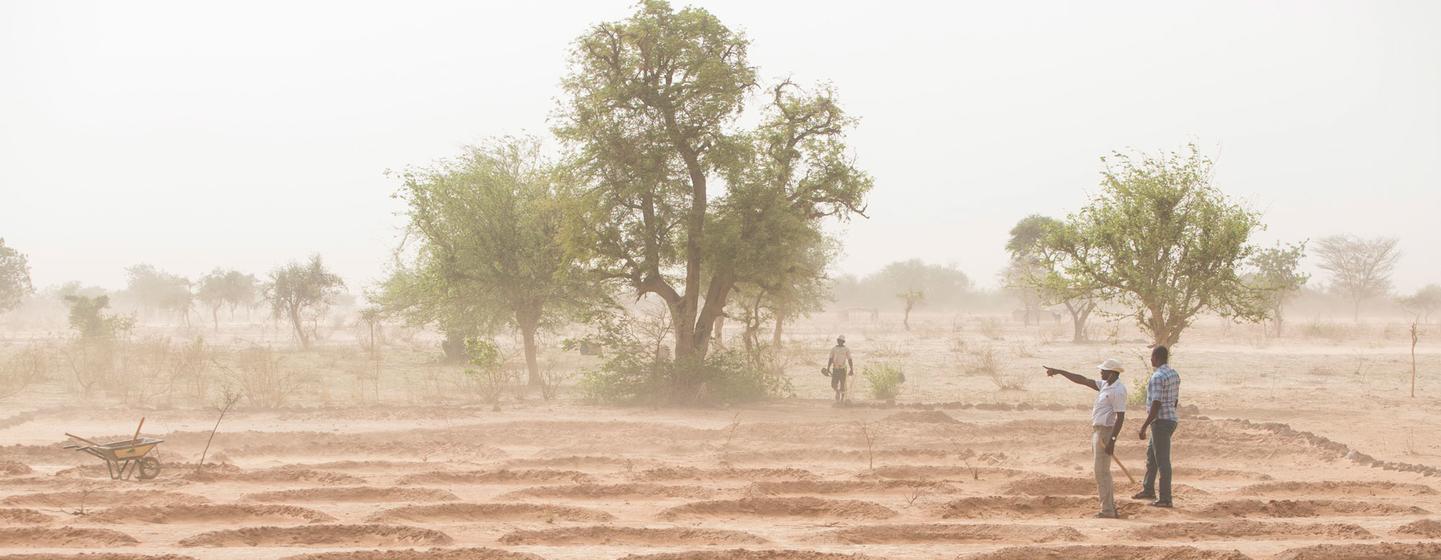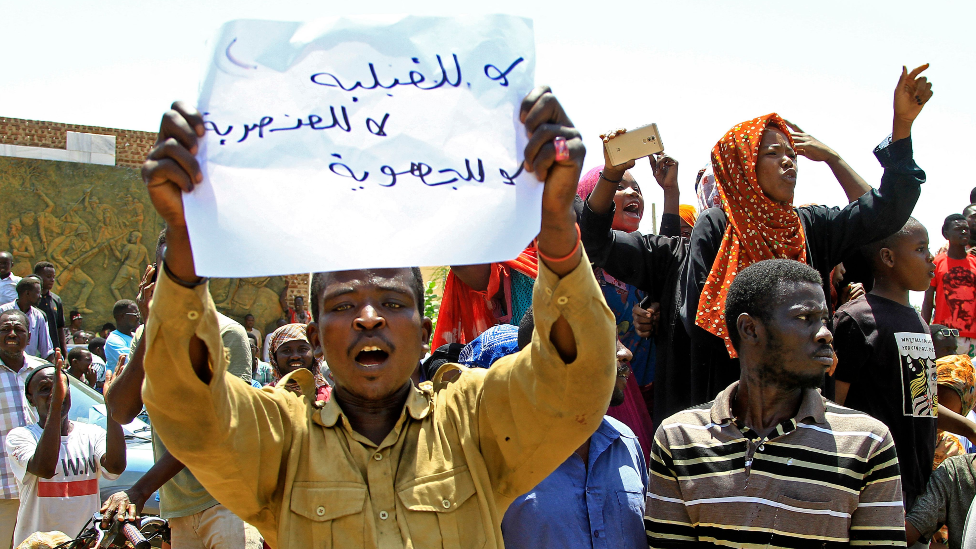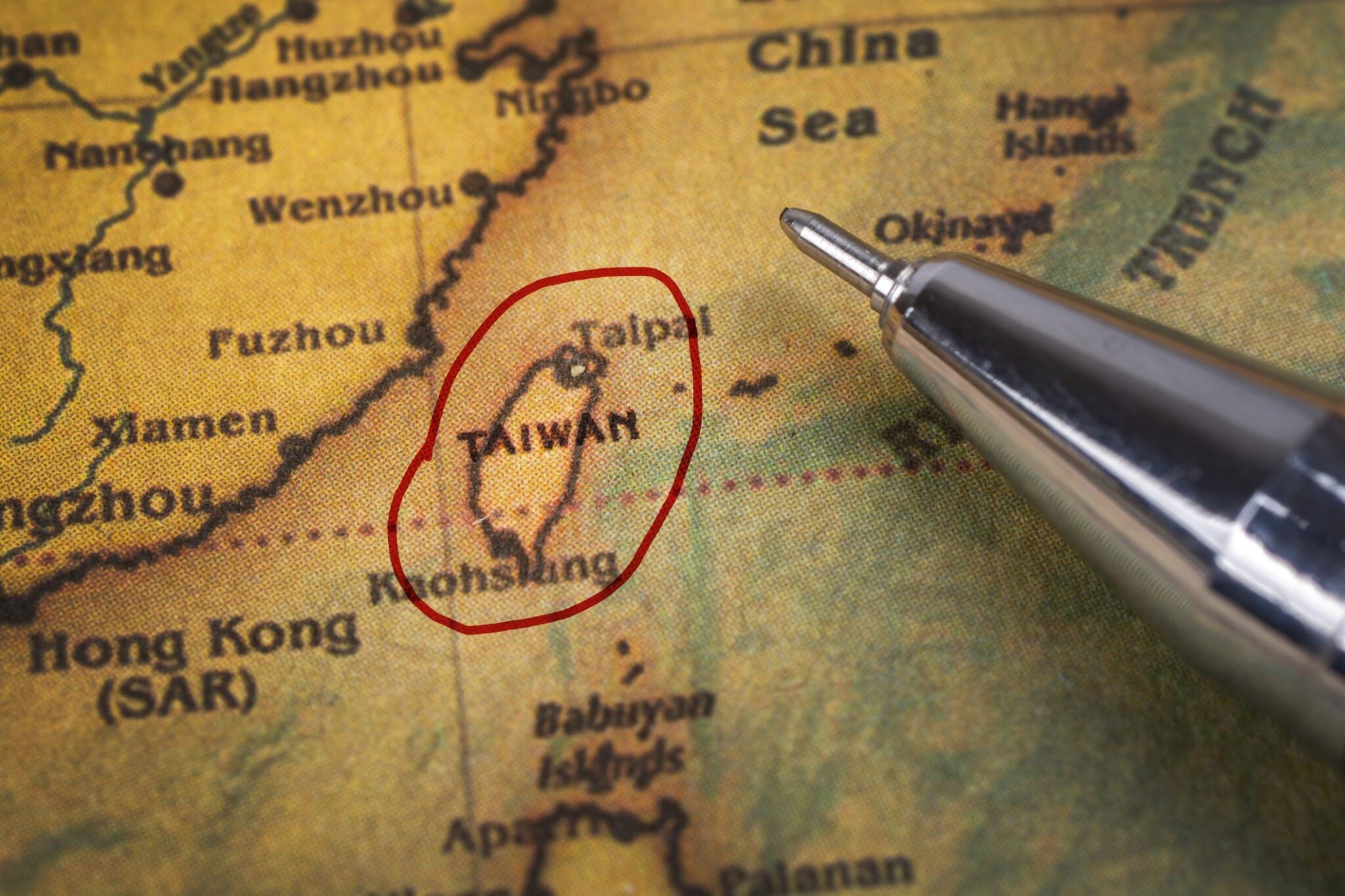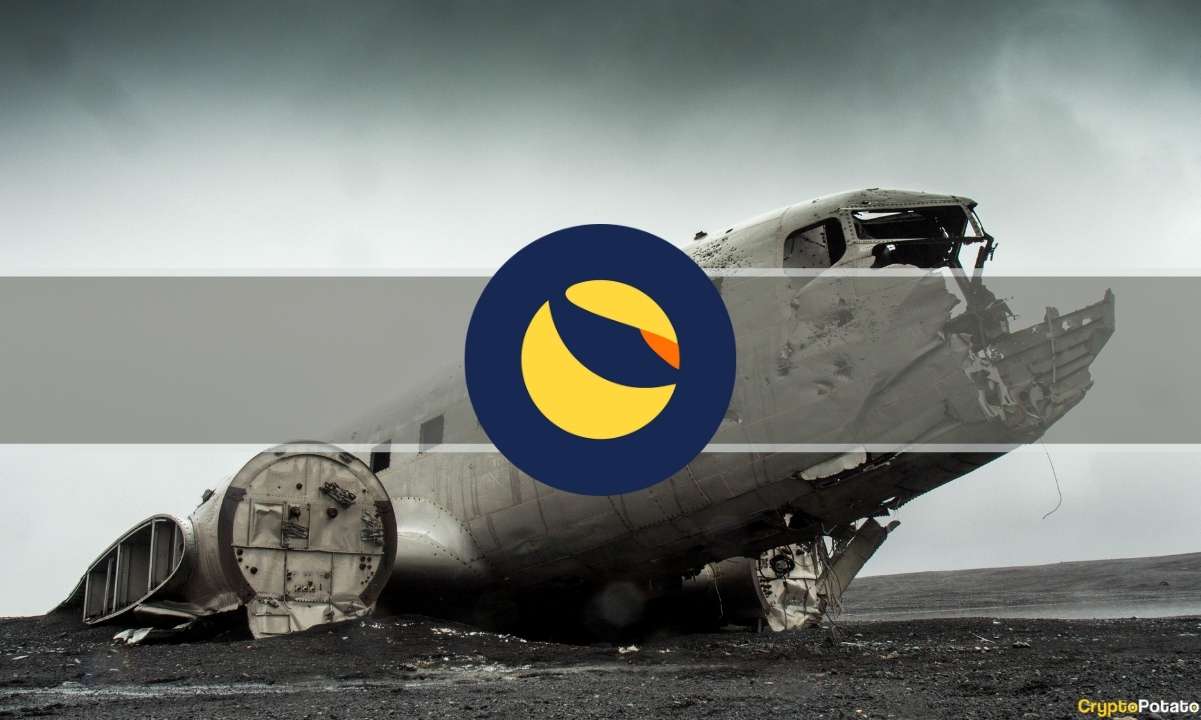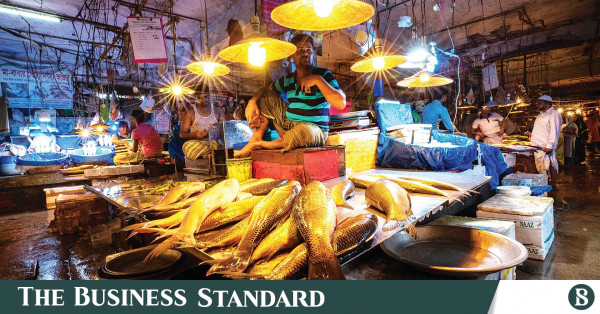[ad_1]
These making an attempt to develop crops within the Sahel area are sometimes confronted with poor soil, erratic rainfail and lengthy durations of drought. Nevertheless, the introduction of a state-of-the artwork heavy digger, the Delfino plough, is proving to be, actually, a breakthrough.
As a part of its Motion Towards Desertification (AAD) programme, the FAO has introduced the Delfino to 4 international locations within the Sahel area – Burkina Faso, Niger, Nigeria and Senegal – to chop via impacted, bone-dry soil to a depth of greater than half a metre.
The Delfino plough is extraordinarily environment friendly: 100 farmers digging irrigation ditches by hand can cowl a hectare a day, however when the Delfino is hooked to a tractor, it could actually cowl 15 to twenty hectares in a day.
As soon as an space is ploughed, the seeds of woody and herbaceous native species are then sown straight, and inoculated seedlings planted. These species are very resilient and work nicely in degraded land, offering vegetation cowl and bettering the productiveness of beforehand barren lands.
In Burkina Faso and Niger, the goal variety of hectares for speedy restoration has already been met and prolonged due to the Delfino plough. In Nigeria and Senegal, it’s working to scale up the restoration of degraded land.
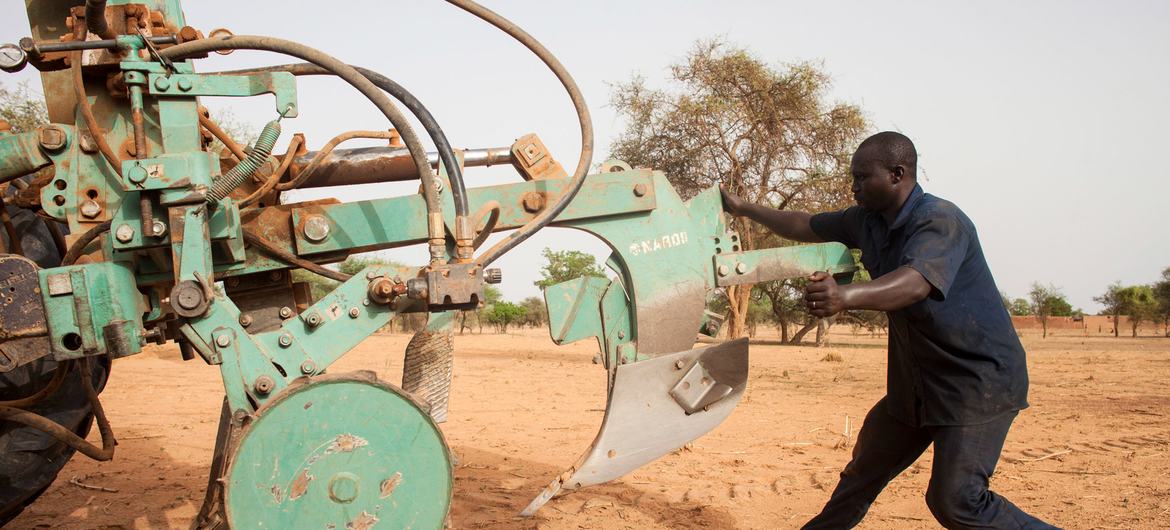
©FAO/ Giulio Napolitano
Staff making ready tractors to start out ploughing in Burkina Faso.
Farming seen via a half-moon lens
This know-how, while spectacular, is proving to achieve success as a result of it’s being utilized in tandem with conventional farming methods.
“In the long run the Delfino is only a plough. An excellent and appropriate plough, however a plough all the identical,” says Moctar Sacande, Coordinator of FAO’s Motion Towards Desertification programme. “It’s once we use it appropriately and in session and cooperation that we see such progress.”
The half-moon is a standard Sahel planting technique which creates contours to cease rainwater runoff, bettering water infiltration and retaining the soil moist for longer. This creates beneficial micro-climate circumstances permitting seeds and seedlings to flourish.
The Delfino creates giant half-moon catchments prepared for planting seeds and seedlings, boosting rainwater harvesting tenfold and making soil extra permeable for planting than the standard – and backbreaking – technique of digging by hand.
“The entire neighborhood is concerned and has benefitted from fodder crops equivalent to hay as excessive as their knees inside simply two years”, says Mr. Sacande. “They will feed their livestock and promote the excess, and transfer on to gathering merchandise equivalent to edible fruits, pure oils for soaps, wild honey and crops for conventional drugs”.

©FAO/ Giulio Napolitano
Girls dig mid-moon dams to avoid wasting water in Niger.
Girls taking the lead
In response to Nora Berrahmouni, who was FAO’s Senior Forestry Officer for the African Regional Workplace when the Delfino was deployed, the plough may also cut back the burden on girls.
“The season for the very onerous work of hand-digging the half-moon irrigation dams comes when the lads of the neighborhood have needed to transfer with the animals. So, the work falls on the ladies,” says Ms. Berrahmouni.
As a result of the Delfino plough considerably accelerates the ploughing course of and reduces the bodily labour wanted, it offers girls further time to handle their multitude of different duties.
The undertaking additionally goals to spice up girls’s participation in native land restoration on a much bigger scale, providing them management roles via the village committees that plan the work of restoring land. Beneath the AAD programme, every web site chosen for restoration is inspired to arrange a village committee to handle the sources, in order to take possession proper from the start.
“Many ladies are working the native village committees which organise these actions and they’re telling us they really feel extra empowered and revered,” presents Mr. Sacande.
Respecting native data and conventional abilities is one other key to success. Communities have lengthy understood that half-moon dams are one of the best ways of harvesting rainwater for the lengthy dry season. The mighty Delfino is simply making the job extra environment friendly and fewer bodily demanding.

©FAO/ Giulio Napolitano
Tractors at work to arrange the land for plantation in Burkina Faso.
Thousands and thousands of hectares misplaced to the desert, forests below menace
And it’s pressing that progress is made. Land loss is a driver of many different issues equivalent to starvation, poverty, unemployment, pressured migration, battle and an elevated danger of maximum climate occasions associated to local weather change.
In Burkina Faso, for instance, a 3rd of the panorama is degraded. Because of this over 9 million hectares of land, as soon as used for agriculture, is now not viable for farming.
It’s projected that degradation will proceed to increase at 360 000 hectares per 12 months. If the scenario will not be reversed, forests are liable to being cleared to make approach for productive agricultural land.
Africa is at present dropping 4 million hectares of forest yearly for that reason, but has greater than 700 million hectares of degraded land viable for restoration. By bringing degraded land again to life, farmers do not need to clear extra forest land to show into cropland for Africa’s rising inhabitants and rising meals calls for.
When Mr. Sacande talks about restoring land in Africa, the eagerness in his voice is clear. “Restoring degraded land again to productive good well being is a large alternative for Africa. It brings massive social and financial advantages to rural farming communities,” he says. “It’s a bulwark in opposition to local weather change and it brings know-how to boost conventional data.”
A model of this story first appeared on the FAO web site.
[ad_2]
Source link

